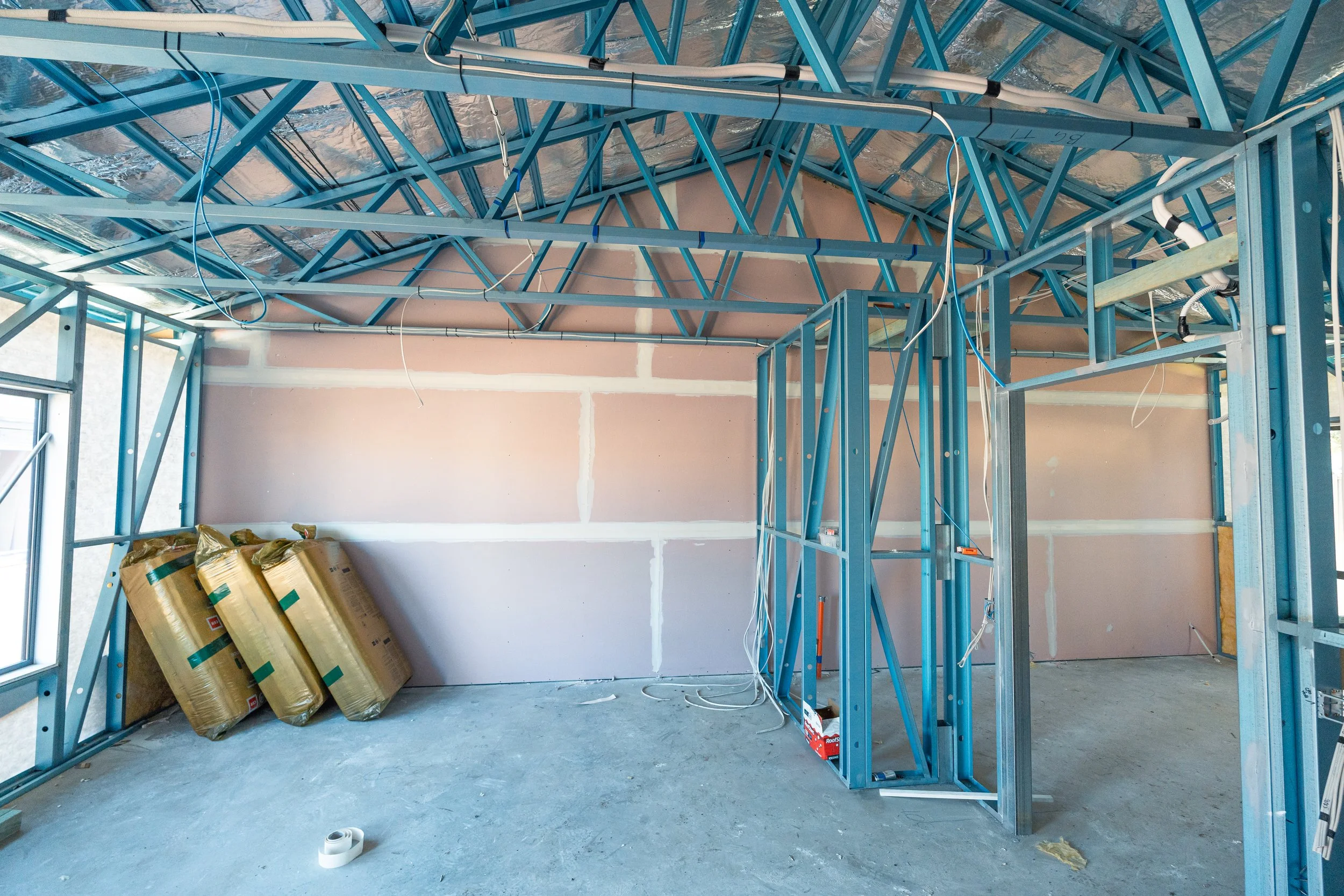
5 Essential Tips for a Strong and Durable Foundation
A strong foundation is the backbone of any structure—whether it’s a house, a commercial building, or even a shed. A poorly constructed foundation can lead to cracks, uneven settling, and even structural failure over time. To ensure your building stands the test of time, follow these five essential tips for a strong and durable foundation.
#01
Conduct a Thorough Soil Test
Before pouring concrete, know your soil! Different soil types (clay, sand, silt, or rock) have varying load-bearing capacities and drainage properties.
Clay soil expands when wet and shrinks when dry, leading to shifting.
Sandy soil drains well but may shift under heavy loads.
Rocky soil is stable but requires extra effort for excavation.
A professional geotechnical survey will help determine the best foundation type (slab, crawl space, or basement) and necessary reinforcements.
#02
Choose the Right Foundation Type
Not all foundations are the same. The right choice depends on climate, soil, and building requirements:
Slab-on-Grade – Ideal for warm climates with stable soil. Low cost but vulnerable to freezing.
Crawl Space – Elevates the home, allowing access to utilities and better moisture control.
Full Basement – Great for cold climates (frost protection) and adds extra living space.
Consult an engineer to pick the best option for your project.
#03
Ensure Proper Drainage
Water is a foundation’s worst enemy. Poor drainage leads to erosion, cracks, and mold growth.
Slope the ground away from the foundation (at least 6 inches over 10 feet).
Install French drains or gutters to divert water.
Use a vapor barrier beneath slabs to prevent moisture seepage.
A well-drained foundation stays strong for decades!
#04
Use High-Quality Materials & Reinforcement
Cutting corners on materials can lead to cracks and structural failure.
Concrete mix: Use at least 3,000 PSI for residential foundations.
Rebar & Wire Mesh: Reinforce concrete to prevent cracking.
Waterproofing Coatings: Apply sealants to resist moisture damage.
Investing in quality materials now saves costly repairs later.
#05
Allow Proper Curing Time
Rushing the curing process weakens concrete.
Keep concrete moist for at least 7 days to prevent rapid drying and cracking.
Avoid heavy loads for at least 28 days (full curing time).
Use curing blankets in cold weather to maintain temperature.
Patience ensures maximum strength and durability.
Final Thoughts
A strong foundation is non-negotiable for any long-lasting structure. By testing soil, choosing the right foundation, ensuring drainage, using quality materials, and allowing proper curing, you’ll avoid costly repairs and ensure stability for years to come.
Need expert advice? Consult a structural engineer before starting your project!
